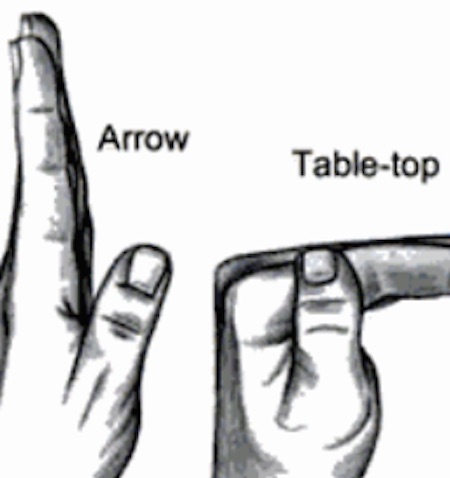Sports & Fractures
Articles
Sports and Fractures
You may have seen professional athletes on TV playing with casts or splints on their hands or wrists. Other people, including family, friends, and trainers, may have told you and your child that it won’t be a problem participating in sports immediately after a fracture. The truth turns out to be more complicated.
There are many factors involved in the care of a fracture and the ultimate return to sports.
Every fracture has its own personality. Some fractures are very stable and start off in relatively good position. Other fractures can be unstable and require surgery with pins, plates or screws. Some fractures may involve the joint surfaces and may require more care to prevent displacement and complications later on. Different bones also have different healing potentials with some taking longer to heal. The age of the patient and severity of the trauma also play an important role in determining the prognosis and ultimate course of treatment.
Different sports also have different requirements regarding return to play. A soccer player or cross country runner may be able to avoid using his or her hands all together. Still other sports run a high risk of reinjury due to the increased contact, unpredictable nature, and significant force involved in the activity, i.e. football, hockey, and wrestling. Different positions in a particular sport may also affect the decision of when to return to play: kicker vs. quarterback or striker vs. goalie.
The decision of when to return to sports must be individualized for every patient. A parent must realize that a child is not the same as a professional athlete. With a professional athlete, there may be significant financial considerations which factor into whether an athlete should return to play – a professional athlete may be willing take on the risk of reinjury or irreparable problems in the future for immediate glory or fortune. For most children and teenagers with a fracture – and indeed most adults not competing at a professional level – a more conservative approach is warranted.
The discussion of when your child can return to sports should take place between you and your doctor. If your doctor feels that your child may participate in sports with some restrictions, one must realize that there is still a chance that some unforeseen event may occur. There are rarely if any certainties in medicine as in life. Your treating hand and upper extremity surgeon must try to weigh all these factors in order to determine the best course of action for your child’s injury. If your doctor tells you that your son or daughter should not participate in sports at this time, it is because he feels this will ensure the best outcome for your child’s fracture.



 copy.jpg)
